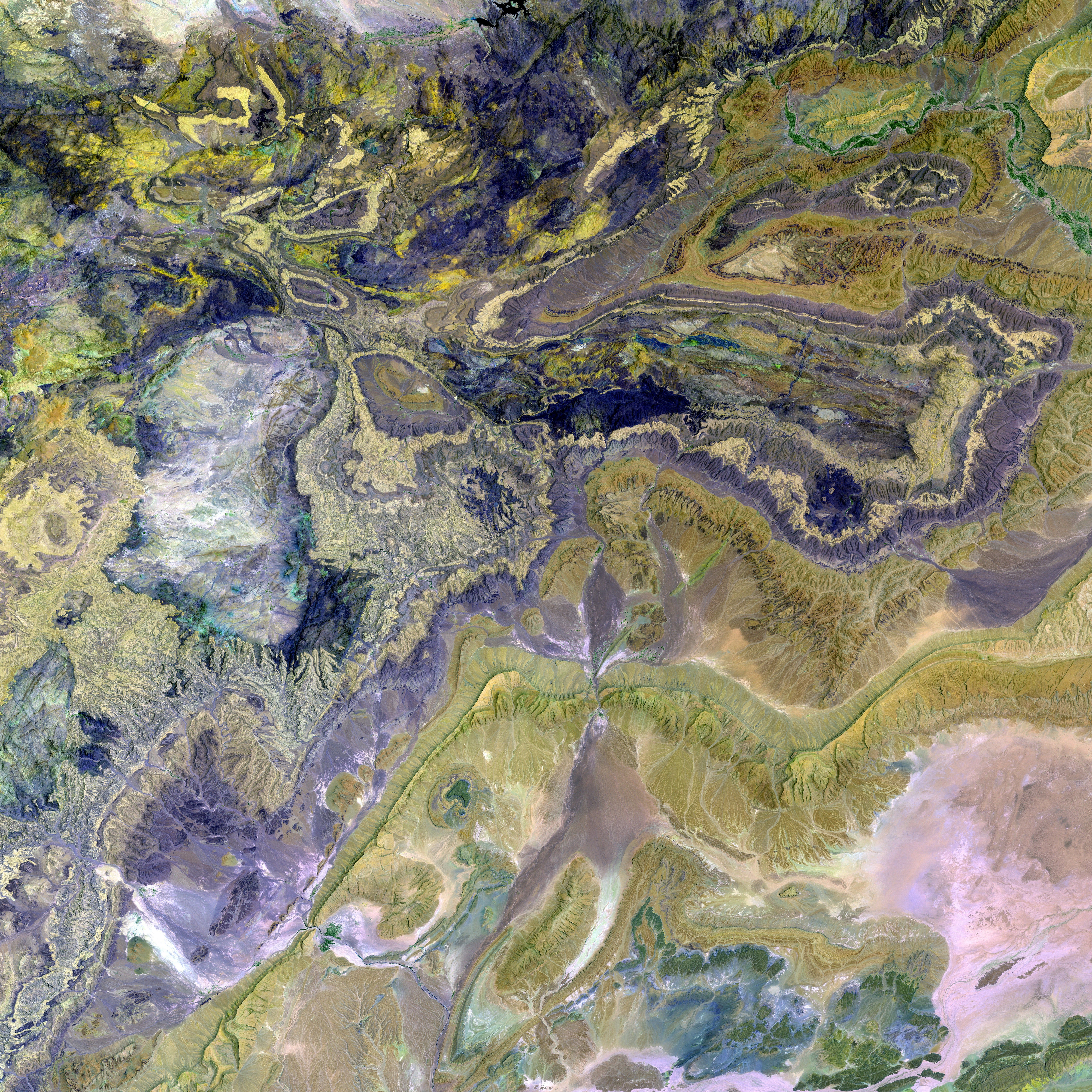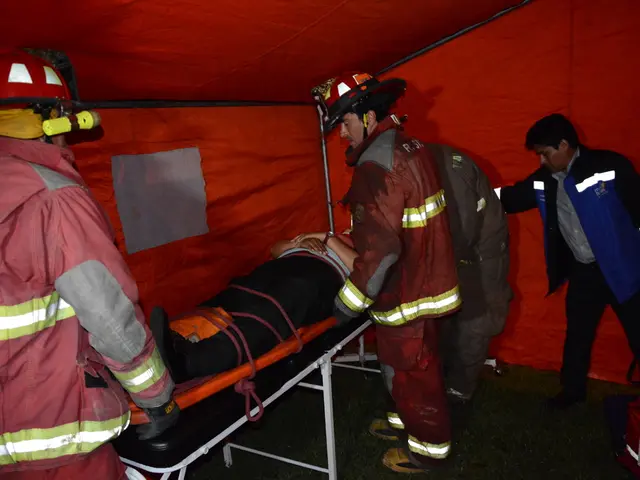Severe Rosacea: Triggers, Signs, and Remedies
Rosacea fulminans, a severe and uncommon skin condition, manifests suddenly and predominantly impacts the central area of the face, affecting the cheeks, chin, and nose. Known also as pyoderma faciale, this condition is characterized by swollen, painful, and inflamed nodules and pimples that can coalesce, resembling neither rosacea nor typical acne symptoms.
Primarily affecting females of childbearing age, the exact cause of rosacea fulminans remains elusive. However, current research indicates that it could be connected to other conditions such as inflammatory bowel disease and pregnancy, as well as more likely to occur in those with a history of rosacea.
Stress, hormonal fluctuations, and specific medications are potential triggers for rosacea fulminans. A 2021 literature review also highlights that certain dietary factors may exacerbate rosacea symptoms, although it's important to note that this information is not specific to rosacea fulminans.
Possible dietary triggers for rosacea symptoms encompass spicy foods, alcohol, food items with cinnamaldehyde (e.g., tomatoes, chocolate, citrus fruits), high-histamine foods and beverages (such as wine, aged cheese, processed meats), warm drinks, and other factors that may vary significantly from one individual to another.
Symptoms of rosacea fulminans typically affect the forehead, nose, cheeks, and chin. They could include sudden onset of severe, localized skin color changes (e.g., redness), painful pustules and nodules, swelling and inflammation, flushing and blushing, as well as stinging and burning sensations. Some individuals may also experience ocular symptoms like dry, itching eyes and light sensitivity, while systemic symptoms like fever and fatigue are quite rare.
Treatment options for rosacea fulminans involve oral isotretinoin (a prescription-only acne medication) and corticosteroids–both oral and topical. In some cases, antibiotics combined with corticosteroids and lifestyle adjustments may provide relief. Identifying and avoiding triggers, such as emotional stress, hormonal fluctuations, and certain medications, is vital for proper management.
Those experiencing symptoms such as large tender nodules, abscesses, significant facial discomfort, a sudden onset of symptoms, persistence or worsening of symptoms despite over-the-counter medications, eye irritation or inflammation, or systemic symptoms like fever are encouraged to speak with dermatologists or other healthcare professionals. Early intervention can help manage symptoms, reduce the risk of complications, and improve the overall quality of life for those afflicted.
Rosacea fulminans is a rare yet severe inflammatory skin condition, and it's essential to consult a healthcare professional for accurate diagnosis, treatment, and individualized management strategies for optimal outcomes.
- Rosacea fulminans, a severe and uncommon skin condition, predominantly affects the central area of the face, particularly the cheeks, chin, and nose, and is primarily seen in females of childbearing age.
- Stress, hormonal fluctuations, and specific medications are possible triggers for rosacea fulminans, a condition that can also be connected to other medical conditions like inflammatory bowel disease and pregnancy.
- Dietary factors may exacerbate rosacea symptoms, with potential triggers including spicy foods, alcohol, food items with cinnamaldehyde, high-histamine foods and beverages, warm drinks, and other individualized factors.
- Early consultation with healthcare professionals, including dermatologists, is encouraged for those experiencing symptoms such as large tender nodules, abscesses, significant facial discomfort, sudden onset of symptoms, eye irritation or inflammation, or systemic symptoms like fever, as proper diagnosis, treatment, and management strategies can help improve the overall quality of life for those afflicted.








